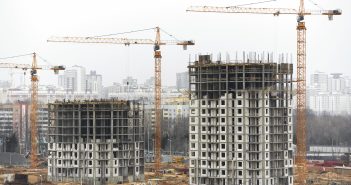
In the financial sector, housing finance is relatively a new concept as the government took interest in the last two decades to diminish the housing problem in India. However, the participation of banks and financial institutions in the housing credit sector has swelled and the sector itself has evolved over the years, fuelled also by the concurrent evolution in government regulations in the sector and real estate industry as a whole.










